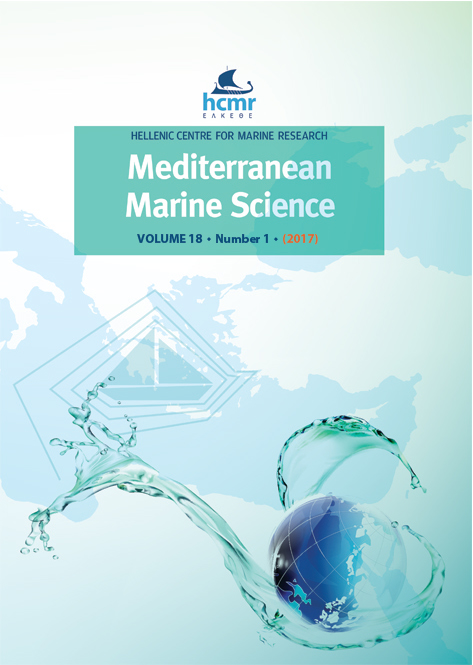Growth and reproduction of the squid Illex coindetii Verany, 1839 in the central Mediterranean Sea
Аннотация
Life span, growth and cost of reproduction of Illex coindetii were examined for the first time in the southern Adriatic Sea, central Mediterranean Sea. Age and growth were investigated through statoliths reading. Cost of reproduction was explored by studying the relative investment between somatic and gonad growth. The life span of I. coindetii was less than nine months in both sexes. Females (128-234 days) showed longer life span than males (124-178 days). In both sexes the linear model best described the mantle length-at age data, while the exponential model provided the best fit to the total weight-at-age data. In terms of mantle length, females grew faster than males (average growth rate was 1.33 mm day- 1 in females and 1.00 mm day-1 in males). In terms of total weight, no significant differences were highlighted between growth curves of males and females. Mantle length, total weight, mantle weight and fin weight increased up to the latest maturity stage in both sexes. Immature and maturing individuals showed poorer body condition than mature counterparts in both sexes. Some evidences of a reproductive strategy more similar to a multiple-spawning than to a single-spawning species were found.
Article Details
- Как цитировать
-
CERIOLA, L., & MILONE, N. (2017). Growth and reproduction of the squid Illex coindetii Verany, 1839 in the central Mediterranean Sea. Mediterranean Marine Science, 18(1), 107–120. https://doi.org/10.12681/mms.1682
- Выпуск
- Том 18 № 1 (2017)
- Раздел
- Research Article
Authors who publish with this journal agree to the following terms:
- Authors retain copyright and grant the journal right of first publication with the work simultaneously licensed under a Creative Commons Attribution Non-Commercial License that allows others to share the work with an acknowledgement of the work's authorship and initial publication in this journal.
- Authors are able to enter into separate, additional contractual arrangements for the non-exclusive distribution of the journal's published version of the work (e.g. post it to an institutional repository or publish it in a book), with an acknowledgement of its initial publication in this journal.
- Authors are permitted and encouraged to post their work online (preferably in institutional repositories or on their website) prior to and during the submission process, as it can lead to productive exchanges, as well as earlier and greater citation of published work (See The Effect of Open Access).





